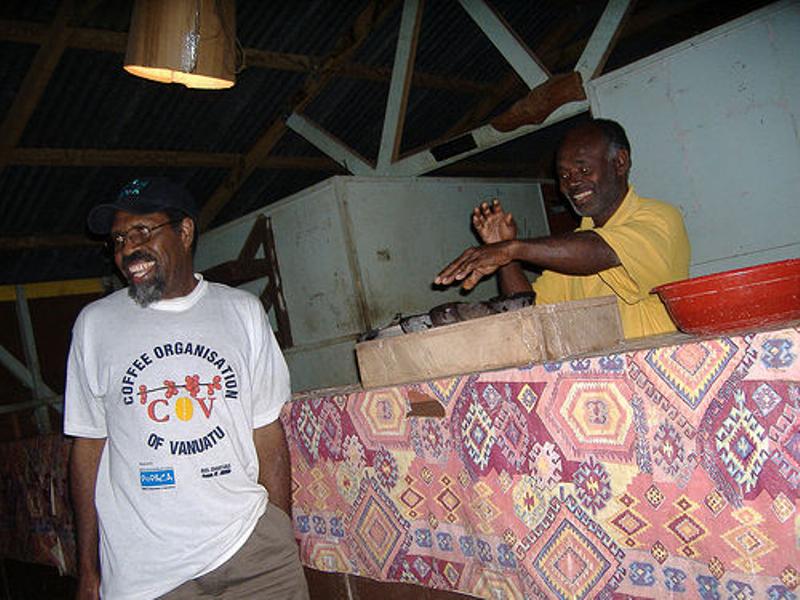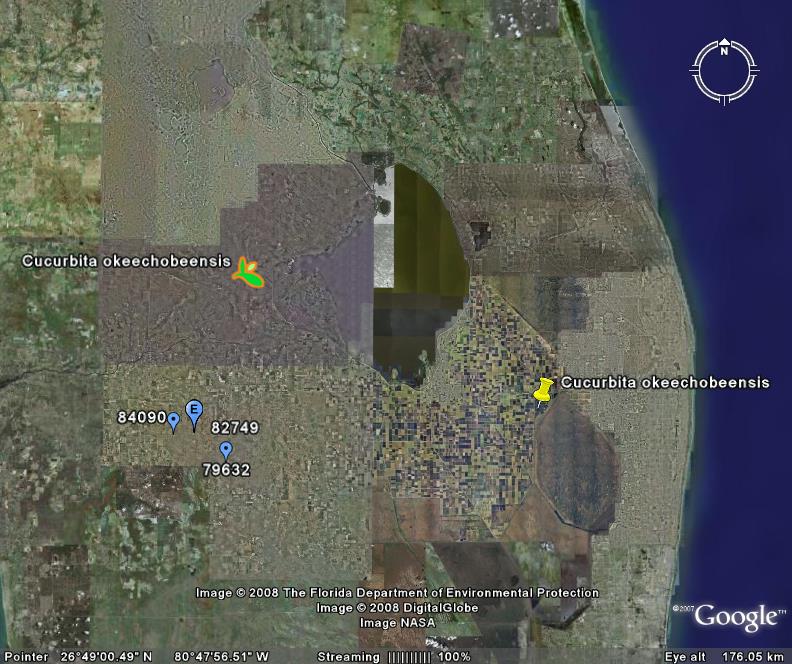Our friends at Wrenmedia, who are responsible, among other things, for New Agriculturalist, have recently branched out into moving pictures. A series of presentations accompany an FAO project on pro-poor livestock policy and institutional change. They’re up on Youtube; here’s the one on Burkina Faso:
Maybe they’ll be tempted to enter something in The Competition?
Land of silk and honey
We’ve had another enquiry about silk-making in Kenya, which is one of our most commented-on stories, so I was prompted to go and look for more information. I hadn’t really taken in before that the reason the projects promote bees and silkworms together is that (some?) African silk moths eat the leaves of Acacias, whose flowers are a source of nectar for bees. Win-win.
Anyway, back to the search for further information. There really isn’t that much. Luigi had already pointed to UNDP’s project, which doesn’t look as if it has changed much since then. New Agriculturalist had an article on sericulture a little more than a year ago, Kambogo Women’s Group is raising silkworms and feeding them on mulberry leaves, somewhat different from the wild silkworms feeding on acacia that are the focus of UNDP and IFAD efforts in Mwingi District. I also turned up some rough TV news footage here; it is unedited and pretty blurry, but it gives a rough idea of some of the things being done.
IFAD’s funding seems to have ended in 2004. People in Kenya clearly want to know more. So why isn’t more information available? And just what is the current state of the silk business in Kenya?
One of our readers must know more. Share, please.
Maybe bio-char does have a part to play
Terra preta is the very fertile black soil found mostly in parts of the Amazon basin, and believed to have been created by people mixing fine particles of charcoal and other stuff into the soil. A whole lot of voodoo has grown up around the subject, with unscrupulous charlatans, head in the sand naysayers and all manner of other life forms clustering around the idea. Some people think that one can create terra preta by adding bio-char to the soil, and that miracles will ensue.
I recently dumped on biofuels from a great height because in essence they are mining the soil. Doesn’t matter how slowly; at some point, the fun will have to stop. In the comments on that post, Karl and Anastasia weighed in by saying that bio-char, a potential residue after extracting bioenergy, could be returned to the land to close the loop. I dumped on that idea too.
Now I’m not so sure. Continue reading “Maybe bio-char does have a part to play”
Fire threatens wild gourd…or maybe not
I’m ashamed to say that all Seminole names look alike to me. I know it’s a failing, and I’m trying to correct it. But, in the meantime, I could not help but be somewhat alarmed when I saw that a brush fire had destroyed a chunk of Okaloacoochee State Forest in Florida. That’s because I vaguely remembered a wild Cucurbita, endemic to Florida, with a very similar specific epithet. Well, it turned out to be an object lesson in the perils, and occasional advantages, of ignorance.
The wild cucurbit is actually Cucurbita okeechobeensis. And that’s the perils part, as “okeechobee” is actually not much like “okaloacoochee.” Pretty embarassing to confuse the two. But gbiffing Cucurbita okeechobeensis, and comparing its distribution with the location of Okaloacoochee State Forest, reveals the advantages part. For it turns out that Okeechobee gourd could well be found in or around the ravaged state forest (blue dots). It’s possible, anyway.
So a little learning can be a useful thing.
Now, I have no idea whether that brush fire actually destroyed, or even threatened, populations of this particular crop wild relative. Maybe someone will tell me. But the point I would like to make is that it would be nice to have a system whereby the locations of threats like fires, floods, new roads etc. could be automatically compared to a dataset of the distribution of crop wild relatives. Globally.
I don’t think technology is a problem. I did the whole thing in Google Earth. The bottleneck is a comprehensive global dataset of the locations (actual or predicted) of populations of crop wild relatives. Hopefully that’s what the CWR Portal will become in time.
Frazer Bule Lehi
My friend Frazer Bule passed away last Saturday. He was head of agricultural research in Vanuatu and one of the most knowledgeable and experienced genetic resources scientists in the Pacific. I first met him in 1985 when we spent some hours in a forest clearing on Espiritu Santo characterizing taro with Grahame Jackson. He was a great person. That’s him on the left below, buying kava for a bunch of us a few years ago in Port Vila. He’ll be much missed, not least by me.

